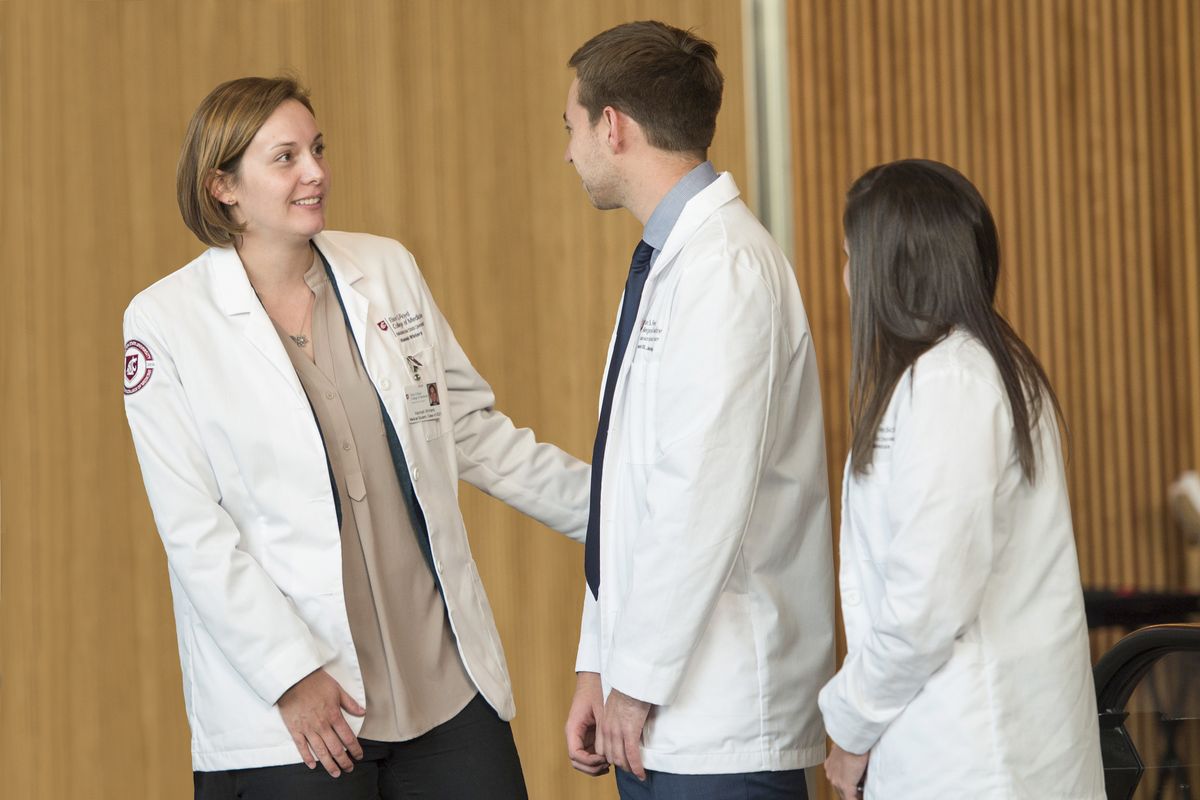Learning Medicine: Knowing a little, but not enough

Learn everything about the human body, everything that can go wrong and all the ways we can fix it.
That’s the exciting and strenuous job I previously wrote that medical school was all about. Now I’ve begun to learn the cost that comes with this journey.
You see, when you know what cancer looks like, you start to think you see it. Just like buying a new car and immediately thinking you see thousands of them on the road, I now overhear symptoms and automatically begin the differential diagnosis procedure. I see a certain physical sign and assume the worst.
I know enough to scare myself, yet not enough to know the true signs of the worst-case scenario.
Ninety-nine percent of the time it’s nothing. But I can’t bear the thought of being the medically- educated friend/family member/concerned stranger who didn’t notice the one percent when I saw it.
Medical education is like putting together a puzzle. You start from the outside, with corners and edge pieces, and then work toward the middle in little sections that go together. It’s complete in the end, but seeing the whole picture takes a while.
So, while I know how to diagnose cervical cancer and osteoarthritis and how to counsel an expectant mother of advanced maternal age, I don’t know if your severe cold or flu is actually mono. I’m not sure if that’s a normal or an abnormal mole. I can’t tell you if your fatigue is just poor sleep or if a darker truth lurks behind it. I don’t know if you’re in the ninety-nine percent or the one percent. And that scares me.
In any of these cases, I’ll tell you to go see your doctor. But what if I don’t say it with enough urgency to convince you? Or what if I’ve just scared you for no reason? And when you ask me to explain something your doctor told you, it’s all I can do to keep my face neutral. I’m not your doctor. I’m not a doctor at all, which means I don’t know enough to tell you much of anything. And I can’t let you see the medical images and textbook pages running through my mind. I know what the worst looks like and it’s all I can envision. Do you have it and I just can’t see it?
So, please don’t think me weird if I stare at your neck a bit longer than normal. Forgive my insistent questioning of your symptoms if you mention one in a conversation. And I humbly entreat you to indulge my honest concern when I tell you that you really should see a doctor about “that.” I promise I’m not “practicing” on you; I just want to help if I can.
Thankfully, I’m surrounded by an amazing team of educators who will see me through to the completed puzzle. But, for now, I’m in the scary place of only having the edges put together and not yet knowing what the middle will look like.
